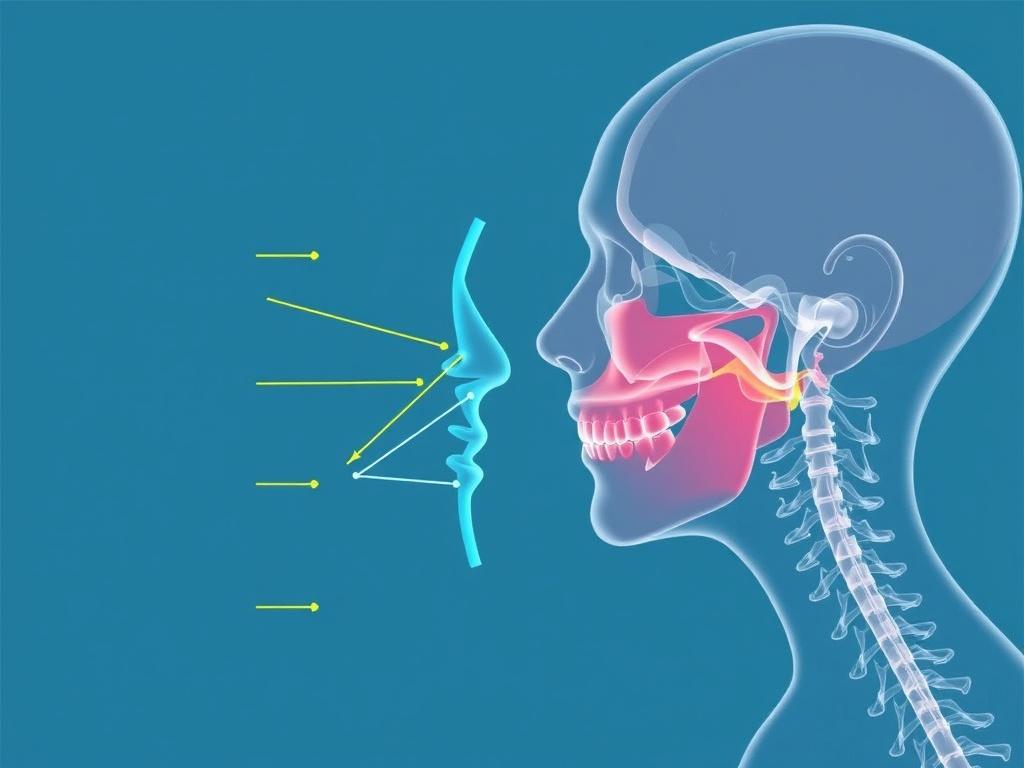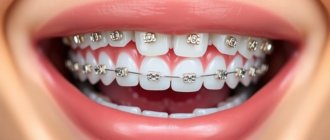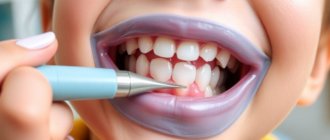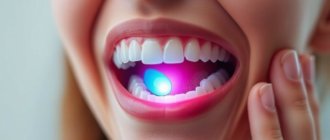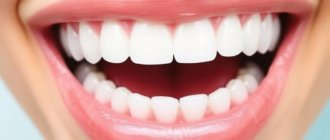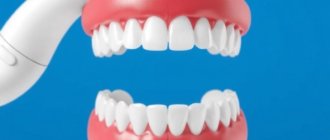Temporomandibular joint disorders, commonly known as TMJ disorders, affect millions of people worldwide. Despite being a common condition, many individuals remain unaware of the symptoms and potential treatments available. TMJ disorders involve problems with the jaw joint and the muscles that control jaw movement. Since this joint plays a crucial role in essential functions like chewing, speaking, and yawning, disorders here can have a significant impact on daily life. This article will walk you through the key symptoms to watch out for, explore the causes behind TMJ disorders, and discuss the most effective treatment options available today.
Содержание
- 1 What is a TMJ Disorder?
- 2 Common Symptoms of TMJ Disorders
- 3 What Causes TMJ Disorders?
- 4 Diagnosing TMJ Disorders: What to Expect
- 5 Treatment Options for TMJ Disorders
- 6 Complementary and Alternative Therapies
- 7 Living with TMJ Disorders: Tips for Daily Management
- 8 Frequently Asked Questions about TMJ Disorders
- 9 Preventing TMJ Disorders: What Can You Do?
What is a TMJ Disorder?
The temporomandibular joint (TMJ) is one of the most complex joints in the human body. Located just in front of your ears on both sides of your head, these joints connect your jawbone to your skull. Unlike many other joints, the TMJ allows both hinge and sliding motions, meaning it helps you open and close your mouth, as well as move your jaw forward, backward, and side to side. When there’s an issue with this joint or the muscles associated with it, it leads to TMJ disorders.
TMJ disorders can result from various factors such as injuries to the jaw, arthritis, or muscle fatigue from jaw clenching or teeth grinding. Given the frequent and important use of this joint, even small dysfunctions can cause considerable discomfort and difficulty in everyday activities.
Common Symptoms of TMJ Disorders
One challenge with TMJ disorders is that symptoms vary widely, making it tricky to diagnose sometimes. However, there are several common signs you should be aware of, especially if they persist for more than a few days:
- Jaw Pain or Tenderness: This is often the most reported symptom. Pain may be localized around the joint area or spread to the face and neck.
- Difficulty or Discomfort While Chewing: Eating might become uncomfortable, and you might notice a sudden weakness feeling in your jaw muscles.
- Clicking, Popping, or Grating Sounds: When opening or closing your mouth, you might hear strange noises from the joint. Sometimes these sounds come with pain.
- Locking of the Jaw: In some cases, the jaw may lock in an open or closed position, preventing normal movement.
- Headaches and Ear Pain: TMJ disorders can cause headaches that feel like tension headaches or migraines. Additionally, earaches or a feeling of fullness in the ears are common, even if there is no ear infection.
- Facial Swelling: Occasionally, swelling around the jaw joint may occur.
The intensity and combination of these symptoms can range from mild, occasional discomfort to severe, debilitating pain. If you experience any of these signs consistently, it’s wise to consult a healthcare professional for proper assessment.
How to Recognize if You Have TMJ Disorder
Sometimes, the subtle symptoms of TMJ disorders can be mistaken for other issues like dental problems, sinus infections, or even stress. Let’s look at a table summarizing the primary symptoms and how they differentiate TMJ disorders from other conditions:
| Symptom | TMJ Disorder | Other Possible Causes |
|---|---|---|
| Jaw Pain | Common, especially near joint; worsens with chewing | Dental abscess, teeth grinding, arthritis |
| Clicking or Popping Sounds | Frequent; associated with jaw movement | Ear infections or Eustachian tube dysfunction |
| Ear Pain | Often present without infection | Middle ear infections or nerve inflammation |
| Headache or Facial Pain | Tension around jaw and temples | Migraine, sinusitis, dental issues |
| Restricted Jaw Movement | Jaw may lock or feel stiff | Injury, muscle spasm, arthritis |
This comparison highlights why a professional diagnosis is necessary. Misdiagnosis can lead to ineffective treatments and prolonged discomfort.
What Causes TMJ Disorders?
Understanding what triggers TMJ disorders is key to managing and preventing them. There are several common causes and risk factors associated with the condition:
Jaw Injuries
Any trauma to the jaw, head, or neck can affect the TMJ. Accidents, falls, or hits to the face might damage the joint or the muscles, leading to persistent problems.
Arthritis
Both osteoarthritis and rheumatoid arthritis can affect the TMJ, causing inflammation, pain, and joint deterioration. Arthritis-related TMJ disorders tend to worsen over time without treatment.
Teeth Grinding and Jaw Clenching
Also called bruxism, this is a frequent culprit behind TMJ disorders. Many people unconsciously grind their teeth during sleep or clench their jaws when stressed or anxious. The excessive pressure on the joint causes muscle fatigue and pain.
Poor Posture
Believe it or not, even the way you hold your head and neck can influence TMJ health. Forward head posture, often caused by prolonged use of electronic devices, strains the jaw muscles and joint.
Stress
Stress leads not only to teeth grinding but also to muscle tension throughout the face and neck, contributing to TMJ symptoms.
Misalignment of the Teeth or Jaw
Malocclusion or bite problems can increase stress on the TMJ, resulting in discomfort and disorders over time.
Diagnosing TMJ Disorders: What to Expect
If you suspect you have a TMJ disorder, starting with your dental or primary care doctor is the best step. Diagnosis begins with a detailed medical history and symptom review. The doctor will ask about:
- Nature and duration of symptoms
- History of trauma or tooth problems
- Presence of headaches, ear pain, or dizziness
A physical examination follows, focusing on jaw movement, tenderness, joint sounds, and alignment. Sometimes, imaging tests like X-rays, MRI, or CT scans are necessary to see joint structure and identify abnormalities.
Diagnostic Tools for TMJ Disorders
| Diagnostic Tool | Purpose | Advantages |
|---|---|---|
| X-rays | Check bone structure and teeth alignment | Quick and widely available |
| MRI (Magnetic Resonance Imaging) | Visualize soft tissues, including discs and muscles | Detects disc displacement and inflammation |
| CT Scan | Detailed 3D images of bone | Helpful for severe cases or surgical planning |
| Ultrasound | Non-invasive muscle and joint imaging | Less expensive; useful for soft tissue assessment |
Early and accurate diagnosis ensures better management and reduces the risk of chronic pain or joint damage.
Treatment Options for TMJ Disorders
Treatment for TMJ disorders varies depending on the severity of the symptoms and the underlying cause. The good news is that many people experience relief with conservative, non-invasive methods. More advanced therapies are available for persistent or severe cases.
Lifestyle Modifications
Simple changes can significantly ease TMJ symptoms:
- Avoid chewing gum or hard, chewy foods
- Practice gentle jaw stretching exercises recommended by a professional
- Apply warm or cold compresses to reduce pain and inflammation
- Manage stress through relaxation techniques like meditation, yoga, or breathing exercises
- Maintain good posture, especially when using computers or phones
Medications
Several types of medications help relieve pain and inflammation:
- Over-the-counter pain relievers: Ibuprofen and acetaminophen are common choices.
- Muscle relaxants: Prescribed for muscle spasms related to bruxism or TMJ disorders.
- Anti-inflammatory drugs: Sometimes corticosteroids are used for severe inflammation.
- Tricyclic antidepressants: Occasionally prescribed to manage chronic pain and related sleep disorders.
Physical Therapy
Physical therapy focuses on improving jaw movement and reducing muscle tension. Techniques often include:
- Ultrasound therapy
- Massage of affected muscles
- Exercises to strengthen and stretch the jaw muscles
Working with a trained therapist can provide long-term relief and help you prevent recurrence.
Dental Approaches
Dentists offer specialized treatments for TMJ disorders, especially when bite issues are involved:
- Occlusal Splints or Mouthguards: These devices prevent teeth grinding during sleep and reduce jaw strain.
- Orthodontic Treatments: Braces or other appliances can correct misaligned teeth contributing to TMJ pain.
Surgical Treatments
Surgery is typically a last resort for TMJ disorders, used only when other treatments fail or there is severe joint damage. Surgical options include:
- Arthrocentesis: A minimally invasive procedure where the joint is flushed to remove debris and reduce inflammation.
- Arthroscopy: Involves inserting a small camera and instruments into the joint to repair damage.
- Open-joint Surgery: More invasive and used for structural problems like tumors or severe arthritis.
Because surgery carries risks, it requires thorough evaluation and consultation with specialists.
Complementary and Alternative Therapies
Many patients explore alternative treatments alongside conventional care. Although scientific evidence varies, some find benefit in:
- Acupuncture, which may reduce pain and muscle tension
- Chiropractic care and massage therapy aimed at improving neck and jaw alignment
- Biofeedback techniques to control muscle tightening
- Dietary supplements like magnesium to reduce muscle cramps
Always discuss these approaches with your healthcare provider to ensure they fit your specific condition.
Living with TMJ Disorders: Tips for Daily Management
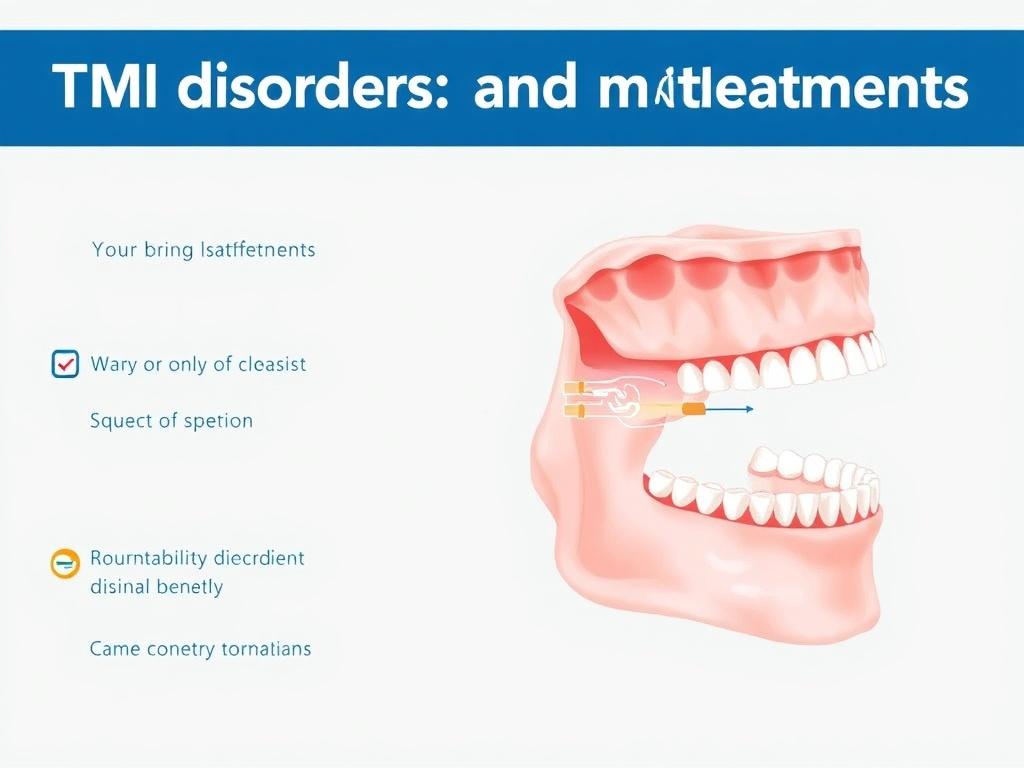
Managing TMJ symptoms often requires a combination of medical treatment and lifestyle adjustments. Here are some practical tips to help you cope:
- Identify and Avoid Triggers: Pay attention to activities like chewing gum or nail biting that worsen your symptoms.
- Maintain Jaw Rest: Try to minimize excessive talking or yawning wide.
- Use Pain Relief Measures: Warm compresses, gentle massage, and pain medications can provide comfort.
- Practice Stress Management: Since stress can worsen symptoms, regular relaxation is crucial.
- Attend Regular Follow-ups: Keep appointments with your dentist or doctor to monitor progress.
When to See a Specialist
If you notice:
- Severe or worsening jaw pain
- Jaw locking or inability to open your mouth properly
- Persistent headaches or ear pain not explained by other causes
Consider consulting a TMJ specialist, oral surgeon, or pain management expert.
Frequently Asked Questions about TMJ Disorders
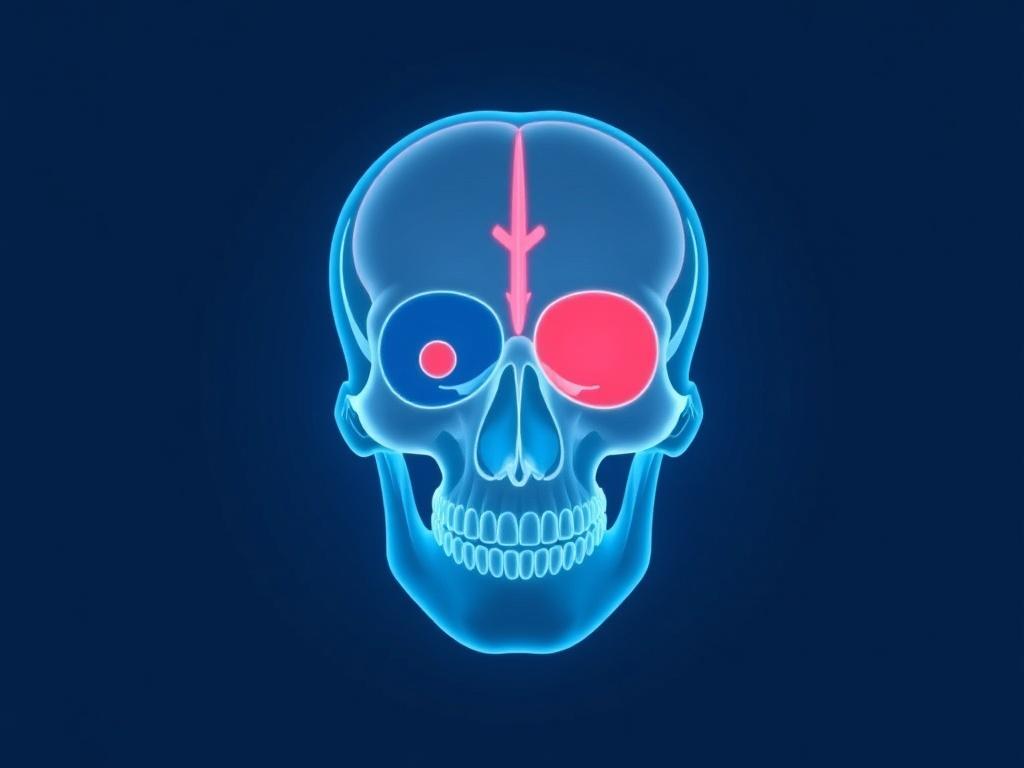
| Question | Answer |
|---|---|
| Can TMJ disorders heal on their own? | Many mild TMJ symptoms improve with time, rest, and self-care; however, persistent or severe cases require treatment. |
| Is TMJ disorder the same as a jaw dislocation? | No, TMJ disorder refers to dysfunction or pain in the joint, while dislocation is a specific injury where the jaw moves out of place. |
| Can stress cause TMJ disorders? | Stress can contribute by increasing muscle tension and teeth grinding, which exacerbates TMJ symptoms. |
| Are all clicking sounds from the jaw a sign of TMJ disorder? | No, occasional clicking without pain or dysfunction is common and not always a disorder. |
| Is surgery always necessary for TMJ disorders? | Surgery is rarely needed and typically reserved for severe joint damage or when conservative treatments fail. |
Preventing TMJ Disorders: What Can You Do?
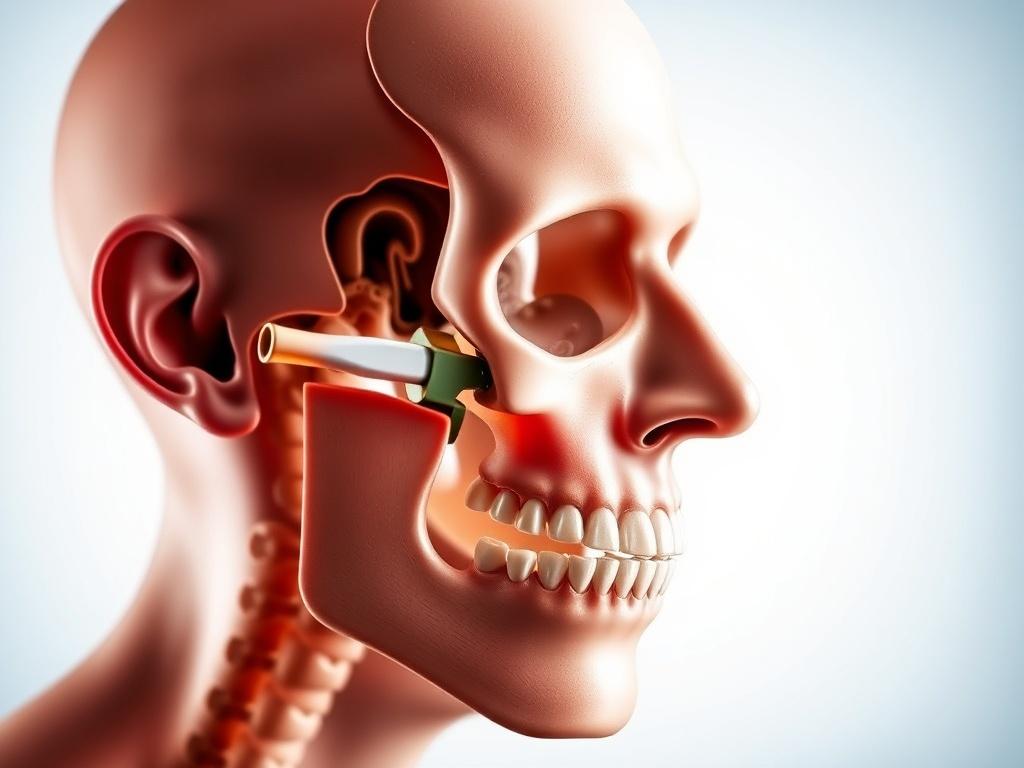
While not all TMJ disorders are preventable, some measures can help reduce your risk:
- Practice good posture to avoid unnecessary strain on your neck and jaw muscles.
- Avoid excessive gum chewing or biting hard objects.
- Manage stress through regular relaxation and exercise.
- Wear a nightguard if you grind your teeth during sleep.
- Schedule regular dental checkups to catch bite problems early.
Taking proactive steps can minimize the chance of developing TMJ disorders or keep symptoms mild and manageable.
Conclusion
TMJ disorders may seem complex and sometimes overwhelming due to the variety of symptoms and causes, but understanding them is the first step to effective management. Recognizing the signs of jaw pain, clicking sounds, or restricted movement helps in seeking timely diagnosis and treatment. Fortunately, many treatment options exist — from simple lifestyle adjustments and medications to physical therapy and advanced dental care — allowing most people to regain comfort and function without surgery. Stress management, good posture, and avoiding harmful habits like teeth grinding play a critical role in both prevention and recovery. If you experience persistent jaw discomfort or symptoms suggestive of TMJ disorders, don’t hesitate to consult a healthcare professional. With early intervention and personalized care, living pain-free with TMJ disorders is well within reach.

